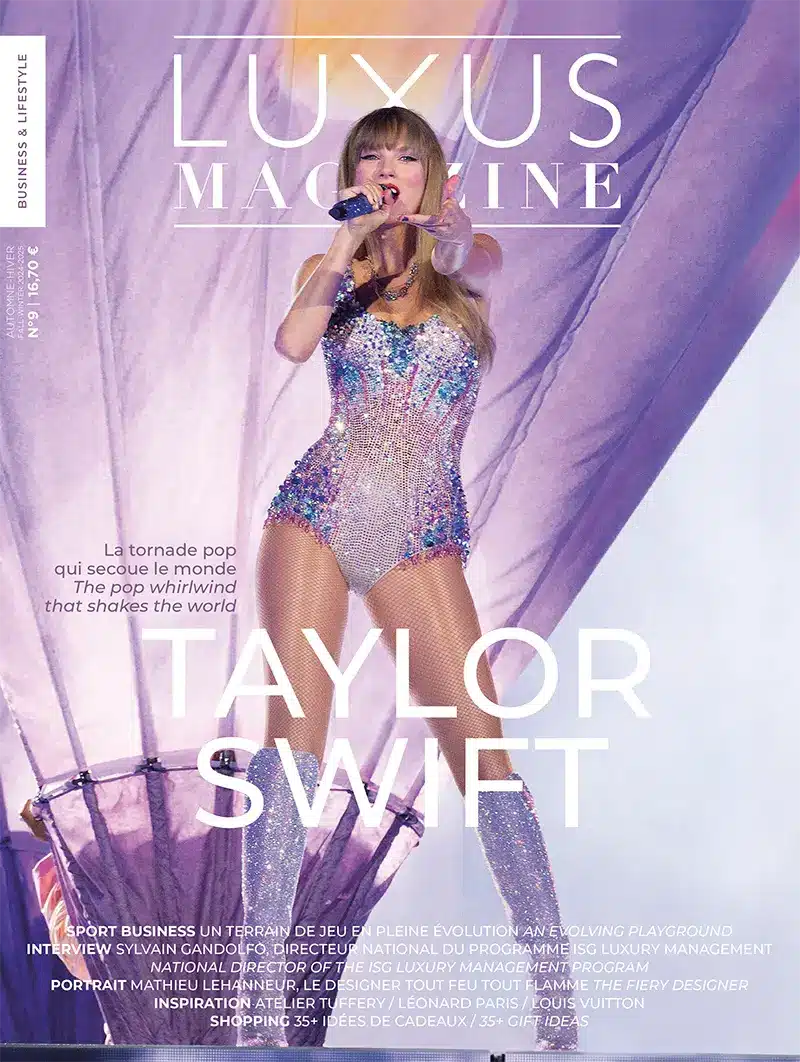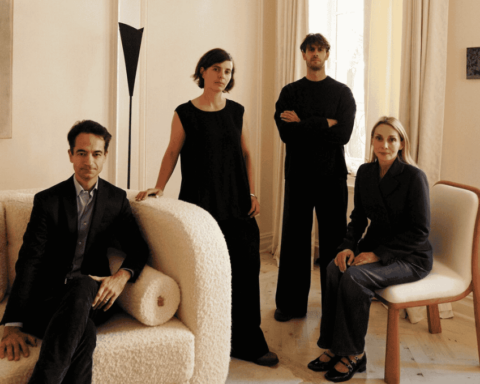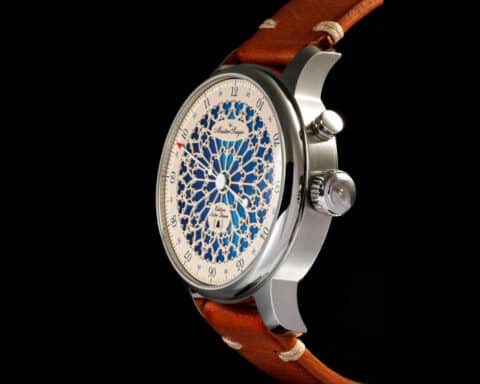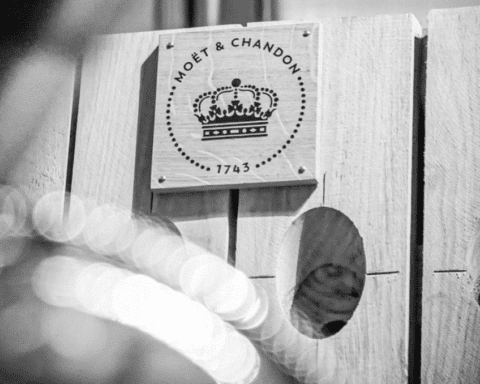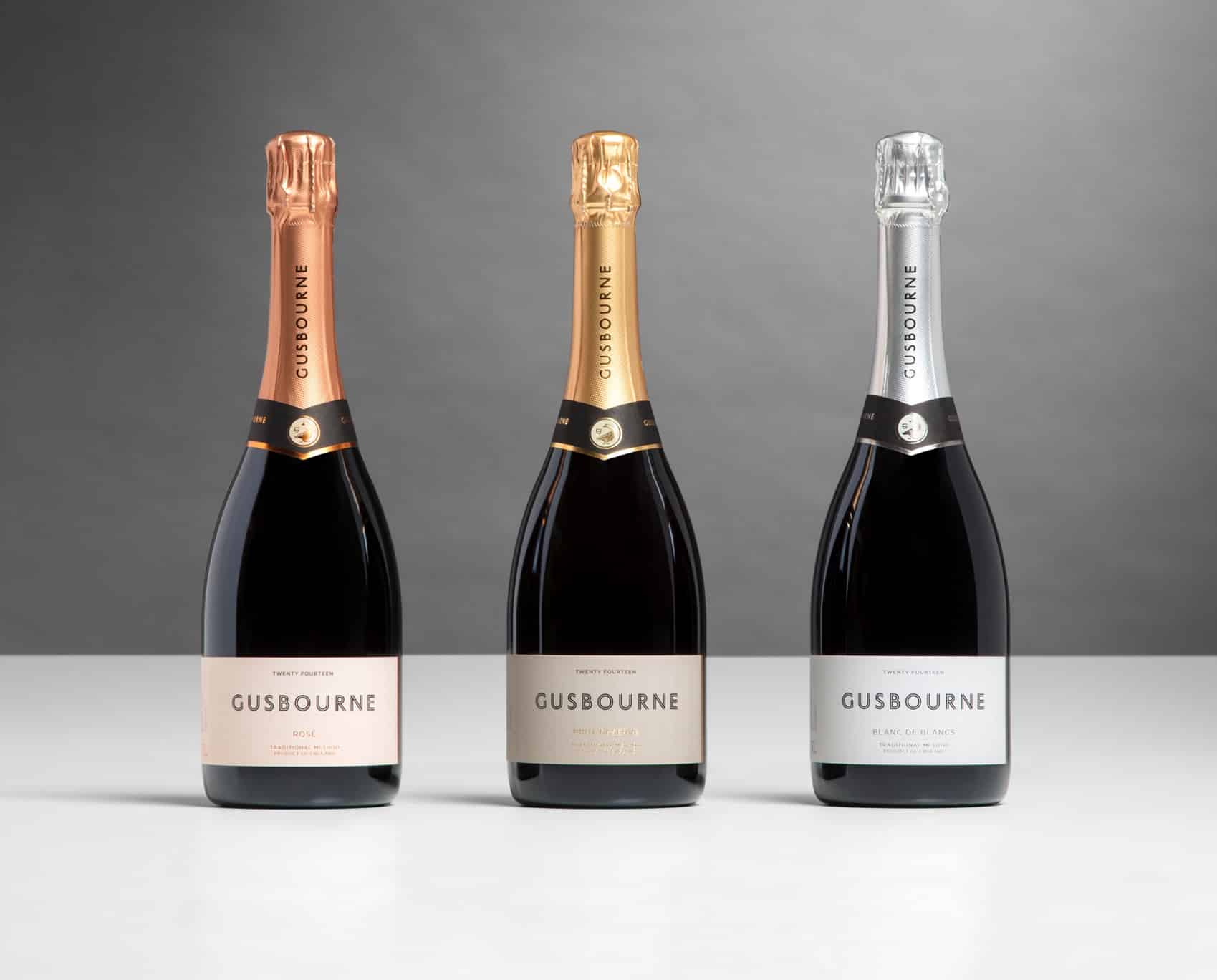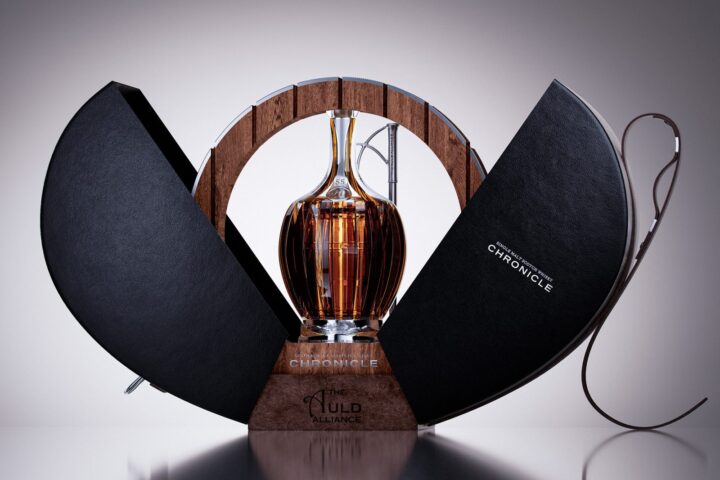[vc_row njt-role=”people-in-the-roles” njt-role-user-roles=”administrator,editor,author,armember”][vc_column][vc_column_text]
Since 2020, England has seen its sparkling wine market grow both locally and internationally, despite the complicated geopolitical context. Producers are delighted with the renewed enthusiasm for their wines and the recognition of experts who compare them to Champagne. Kent-based Gusbourne, for example, is experiencing an increase in demand.
English sparkling wine producers have big ambitions. Their products are very much in vogue, and this is reflected commercially. Despite the disruption caused by leaving the European Union at the start of 2020, the covid-19 crisis and the repercussions of Russia’s invasion of Ukraine, they are growing in the UK market and internationally.
As a result, sales of the drink rose by more than 11% between 2015 and 2020, and it’s common for several experts to draw comparisons between English sparkling wines and French Champagne in blind tastings.
“We have definitely noticed a resurgence of interest from abroad in recent years; the media and wine critics are talking about us in a more positive light”, Jonathan White, marketing manager at English wine producer Gusbourne, said in 2021. “A decade ago, there were only two or three wines that could be known outside the UK. Now there are many more.”
The trend has continued: Gusbourne is now seeing an increase in demand.
Gusbourne, a symbol of this popularity
On Wednesday, Gusbourne PLC announced an improvement in its results, thanks to “significant” consumer demand for its wines. In 2022, net income for the English sparkling wine producer rose by 49% to £6.2 million. This enabled it to reduce its pre-tax loss to £2.6 million last year, compared with £3.6 million in 2021.
Nevertheless, the company has seen a considerable increase in expenses in 2022. Sales costs rose by 38% to £2.5 million, while sales and marketing expenses increased by 41% to £3.5 million. Administrative costs remained stable at £1.3 million.
Despite this, Gusbourne’s gross margin improved from 55.9% in the previous year to 59.2% in 2022. The company attributed this improvement to better management of its distribution channel and optimization of its price range.
“Despite a challenging macro-environmental context, we continued to see significant consumer demand for Gusbourne wines, reflecting the luxury status of the Gusbourne brand and the underlying growth of the dynamic English wine sector”, said Charlie Holland, Managing Director.
The Ashford, England-based company reported strong growth in its three main distribution channels: UK trade, direct-to-consumer and international sales. Sales to the UK trade rose by 53% year-on-year to £3.1 million, while net income from direct-to-consumer sales increased by 29%. International sales were 78% up on the previous year.
“We recorded strong sales growth in all our sales channels, both in the UK and abroad, as the quality of Gusbourne wines continues to receive critical acclaim and recognition, consolidating our excellent reputation. In due course, the price/mix ratio has been a positive driver of our gross margin.”
Soil and temperature
In England, there are over 700 companies dedicated to growing grapes, 165 of which produce wine, mainly located in the South, notably in Kent. The vineyards in this region benefit from less sunshine than those in the Champagne region, but are planted on chalk-rich soils – an interesting similarity.
This soil analogy has long attracted the interest of the English. Before the 90s, a few pioneers had dared to plant vines in the hope of producing high-quality sparkling wines, but the cold climate limited their ambitions. Since then, the climatic changes of recent decades have radically transformed the outlook. Summers are longer, less rainy, and above all, the many investments made mean that today we can grow the same grape varieties as in Champagne.
However, the climate remains slightly cooler in Kent than in Champagne. And according to oenologists, this is the secret of their difference: English sparkling wines are characterized by greater freshness and slight acidity, while Champagnes offer a more generous, fruity flavor.
In terms of price, English bubbles are almost as expensive as Champagne. On average, the minimum price for a bottle is £25 (29.1 euros). According to Chris Delves, Sales Director of Domaine Hattingley, one of England’s leading sparkling wine producers, these high labels are justified.
“The price is the same as a champagne, because English wine is the same quality. It’s not the same wine, but it’s the same quality.”
Read also >Champagne: an increasingly profitable investment
Featured photo : © Gusbourne Estate[/vc_column_text][/vc_column][/vc_row][vc_row njt-role=”not-logged-in”][vc_column][vc_column_text]
Since 2020, England has seen its sparkling wine market grow both locally and internationally, despite the complicated geopolitical context. Producers are delighted with the renewed enthusiasm for their wines and the recognition of experts who compare them to Champagne. Kent-based Gusbourne, for example, is experiencing an increase in demand.
English sparkling wine producers have big ambitions. Their products are very much in vogue, and this is reflected commercially. Despite the disruption caused by leaving the European Union at the start of 2020, the covid-19 crisis and the repercussions of Russia’s invasion of Ukraine, they are growing in the UK market and internationally.
As a result, sales of the drink rose by more than 11% between 2015 and 2020, and it’s common for several experts to draw comparisons between English sparkling wines and French Champagne in blind tastings.
“We have definitely noticed a resurgence of interest from abroad in recent years; the media and wine critics are talking about us in a more positive light”, Jonathan White, marketing manager at English wine producer Gusbourne, said in 2021. “A decade ago, there were only two or three wines that could be known outside the UK. Now there are many more.”
The trend has continued: Gusbourne is now seeing an increase in demand.
Gusbourne, a symbol of this popularity
On Wednesday, Gusbourne PLC announced an improvement in its results, thanks to “significant” consumer demand for its wines. In 2022, net income for the English sparkling wine producer rose by 49% to £6.2 million. This enabled it to reduce its pre-tax loss to £2.6 million last year, compared with £3.6 million in 2021.
Nevertheless, the company has seen a considerable increase in expenses in 2022. Sales costs rose by 38% to £2.5 million, while sales and marketing expenses increased by 41% to £3.5 million. Administrative costs remained stable at £1.3 million.
Despite this, Gusbourne’s gross margin improved from 55.9% in the previous year to 59.2% in 2022. The company attributed this improvement to better management of its distribution channel and optimization of its price range.
“Despite a challenging macro-environmental context, we continued to see significant consumer demand for Gusbourne wines, reflecting the luxury status of the Gusbourne brand and the underlying growth of the dynamic English wine sector”, said Charlie Holland, Managing Director.
[…][/vc_column_text][vc_cta h2=”This article is reserved for subscribers.” h2_font_container=”tag:h2|font_size:16|text_align:left” h2_use_theme_fonts=”yes” h4=”Subscribe now !” h4_font_container=”tag:h2|font_size:32|text_align:left|line_height:bas” h4_use_theme_fonts=”yes” txt_align=”center” color=”black” add_button=”right” btn_title=”I SUBSCRIBE !” btn_color=”danger” btn_size=”lg” btn_align=”center” use_custom_fonts_h2=”true” use_custom_fonts_h4=”true” btn_button_block=”true” btn_custom_onclick=”true” btn_link=”url:https%3A%2F%2Fluxus-plus.com%2Fen%2Fsubscriptions-and-newsletter-special-offer-valid-until-september-30-2020-2-2%2F”]Get unlimited access to all articles and live a new reading experience, preview contents, exclusive newsletters…
Already have an account ? Please log in.
[/vc_cta][vc_column_text]Featured photo : © Gusbourne Estate[/vc_column_text][/vc_column][/vc_row][vc_row njt-role=”people-in-the-roles” njt-role-user-roles=”subscriber,customer”][vc_column][vc_column_text]
Since 2020, England has seen its sparkling wine market grow both locally and internationally, despite the complicated geopolitical context. Producers are delighted with the renewed enthusiasm for their wines and the recognition of experts who compare them to Champagne. Kent-based Gusbourne, for example, is experiencing an increase in demand.
English sparkling wine producers have big ambitions. Their products are very much in vogue, and this is reflected commercially. Despite the disruption caused by leaving the European Union at the start of 2020, the covid-19 crisis and the repercussions of Russia’s invasion of Ukraine, they are growing in the UK market and internationally.
As a result, sales of the drink rose by more than 11% between 2015 and 2020, and it’s common for several experts to draw comparisons between English sparkling wines and French Champagne in blind tastings.
“We have definitely noticed a resurgence of interest from abroad in recent years; the media and wine critics are talking about us in a more positive light”, Jonathan White, marketing manager at English wine producer Gusbourne, said in 2021. “A decade ago, there were only two or three wines that could be known outside the UK. Now there are many more.”
The trend has continued: Gusbourne is now seeing an increase in demand.
Gusbourne, a symbol of this popularity
On Wednesday, Gusbourne PLC announced an improvement in its results, thanks to “significant” consumer demand for its wines. In 2022, net income for the English sparkling wine producer rose by 49% to £6.2 million. This enabled it to reduce its pre-tax loss to £2.6 million last year, compared with £3.6 million in 2021.
Nevertheless, the company has seen a considerable increase in expenses in 2022. Sales costs rose by 38% to £2.5 million, while sales and marketing expenses increased by 41% to £3.5 million. Administrative costs remained stable at £1.3 million.
Despite this, Gusbourne’s gross margin improved from 55.9% in the previous year to 59.2% in 2022. The company attributed this improvement to better management of its distribution channel and optimization of its price range.
“Despite a challenging macro-environmental context, we continued to see significant consumer demand for Gusbourne wines, reflecting the luxury status of the Gusbourne brand and the underlying growth of the dynamic English wine sector”, said Charlie Holland, Managing Director.
[…][/vc_column_text][vc_cta h2=”This article is reserved for subscribers.” h2_font_container=”tag:h2|font_size:16|text_align:left” h2_use_theme_fonts=”yes” h4=”Subscribe now !” h4_font_container=”tag:h2|font_size:32|text_align:left|line_height:bas” h4_use_theme_fonts=”yes” txt_align=”center” color=”black” add_button=”right” btn_title=”I SUBSCRIBE !” btn_color=”danger” btn_size=”lg” btn_align=”center” use_custom_fonts_h2=”true” use_custom_fonts_h4=”true” btn_button_block=”true” btn_custom_onclick=”true” btn_link=”url:https%3A%2F%2Fluxus-plus.com%2Fen%2Fsubscriptions-and-newsletter-special-offer-valid-until-september-30-2020-2-2%2F”]Get unlimited access to all articles and live a new reading experience, preview contents, exclusive newsletters…
Already have an account ? Please log in.
[/vc_cta][vc_column_text]Featured photo : © Gusbourne Estate[/vc_column_text][/vc_column][/vc_row]

